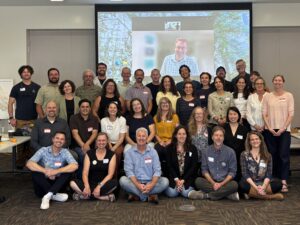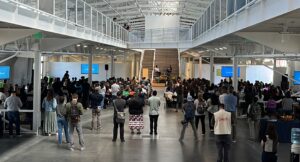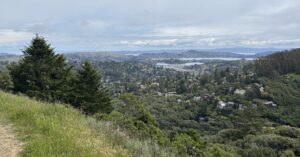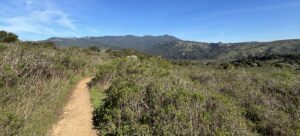Conservation Lands Network: Explorer Tool Addition
We’re excited to share that we’ve expanded the CLN Explorer Tool to include information from the Sustainable Landscape Health Assessment (SLHA), created by a team at the Santa Cruz Mountains Stewardship Network.
The SLHA presents the landscape’s health as a series of three dimensions: one based on a definition of health “for nature” (ecosystem integrity), one based on health “for people” (ecosystem services), and one that represents, in a preliminary way, the stewardship and management of that landscape (stewardship supports). The data in the SLHA is limited to the Santa Cruz Mountain Range.
The SLHA data complements the information in the CLN in exciting ways. Ecological resilience, which is the focus of the CLN, is only one facet of the broader concept of resilience in socio-ecological systems. In an urban and urbanizing region such as the Bay Area, it is imperative to understand the ways in which the ecosystem depends upon social systems for resilience.
To access the SLHA data, visit www.bayarealands.org, click Explorer Tool at the top. In the contents to the left of the map, expand ‘Sustainable Landscapes Health Assessment’ to view the SLHA maps.
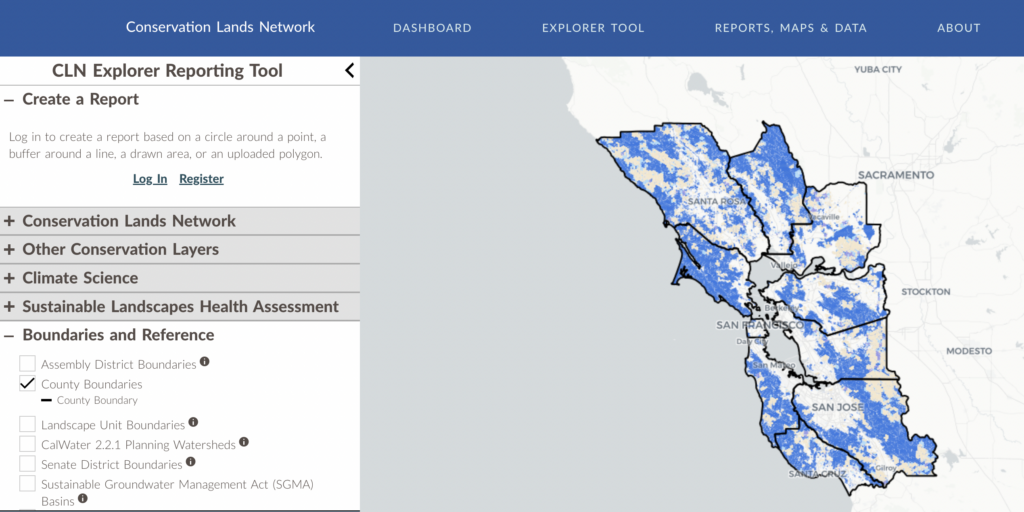
Adding the SLHA data to the CLN Explorer is a preview of what’s to come.
We are happy to share that last week the State Coastal Conservancy approved our proposal to invest in CLN progress reports and the 3.0 version of the CLN in the coming years! The grant supports a five-year, multi-phased project that sets regional goals, creates useful tools, and mobilizes local and regional stakeholders to conserve 50% of the Bay Area’s lands by 2050. You can see what the board approved here and more about our work for regional goals here.
This is really exciting for TOGETHER Bay Area and our capacity to lead and support the region’s goal of 50×50, which also supports the State’s goal of 30×30. It’s helpful to the State Coastal Conservancy and other funders like the Betty and Gordon Moore Foundation, who use the Conservation Lands Network to assess how grant proposals can support regional biodiversity goals. And it’s really exciting for everyone involved––private landowners, land trusts, open space districts, county parks departments, water agencies, conservation nonprofits, and many more––in conserving and stewarding this region to address the dual challenges of climate change and unprecedented biodiversity loss.
Stay tuned for more information about how the CLN will evolve to support the regional goal of conserving 50% of lands by 2050.

